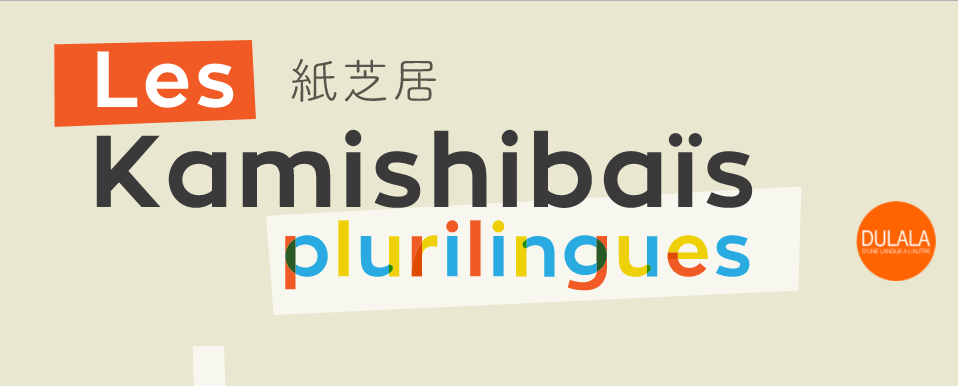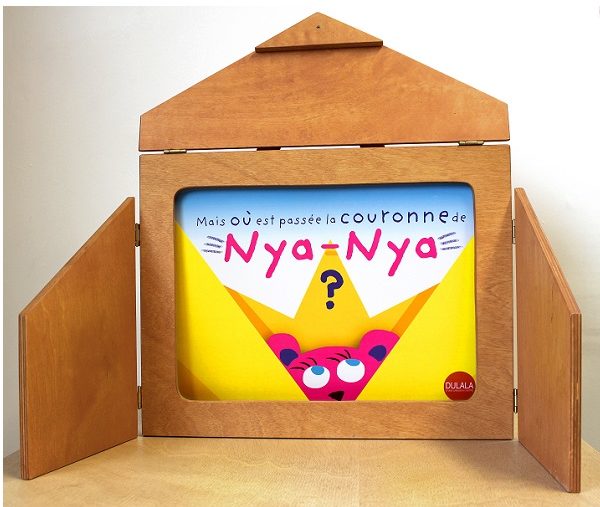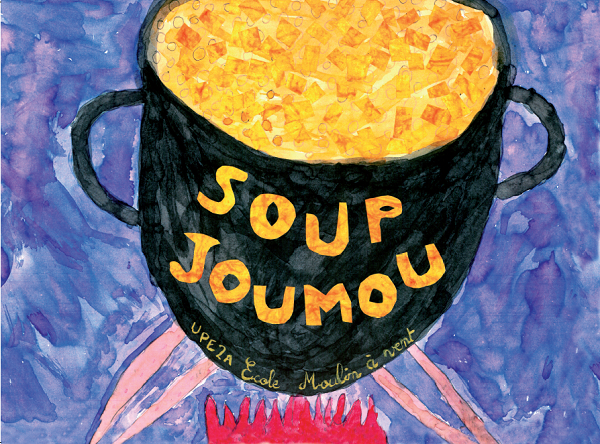The plurilingual kamishibaï, a way to discover stories and languages.
Kamishibaï (紙芝居 in Japanese) means “paper theater”. It is a narrative technique created in Japan, a sort of travelling theater that was originally used by storytellers on the street; they told children their stories while sliding illustrated cards in a wooden castelet called butaï. Every card stages an act or a scene of the story. On the front of the card the image is displayed, while the back of the card contains a short and simple text.

The multilingual Kamishibaï is both an enchanting and playful means of storytelling and a powerful educational tool to learn reading, writing, oral and artistic expression. In addition, it encourages communication and cooperation between the children, both during the creation and after the performance. It can be used at all levels, from nursery school onwards. It can be used in schools as well as in libraries, leisure centres, or even by health professionals such as speech therapists.
To learn more about this tool, watch our video on the history of Kamishibaï.
Plurilingual Kamishibaï Contest
Launched in 2015, the Plurilingual Kamishibaï Contest has allowed many children and professionals to create kamishibaïs integrating a diversity of languages. Get inspired by the most beautiful creations viewable in the Plurilingual Kamishibaï Gallery!









